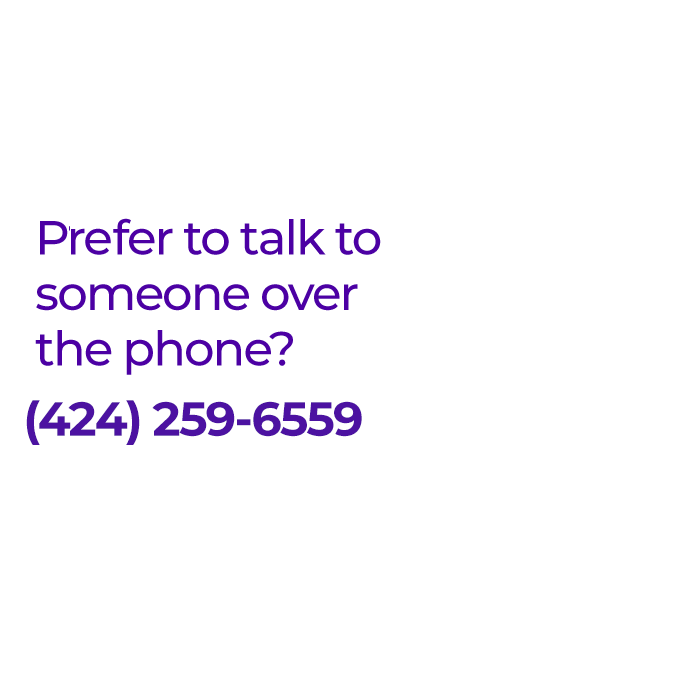Readers of this blog and my website will be familiar with my interest in drug-induced sleep endoscopy as a surgical evaluation technique for patients with snoring and obstructive sleep apnea. Two of the most common questions I receive when giving lectures around the world are:
- Does the sedation given to patients worsen their sleep apnea and limit the value of drug-induced sleep endoscopy?
- What does drug-induced sleep endoscopy offer that other evaluations do not?
Two papers in the September 2013 issue of The Laryngoscope address these questions. A Brazilian team led by Drs. Fabio Rabelo and Daniel Kupper from the University of Riberao Preto performed drug-induced sleep endoscopy in 30 patients: 6 without snoring or obstructive sleep apnea as well as 24 with obstructive sleep apnea. They compared findings from a standard sleep study (polysomnogram) and drug-induced sleep endoscopy. Importantly, they are very experienced with drug-induced sleep endoscopy, performing the examination with careful adjustment of the level of sedation and conducting specific monitoring during the evaluation. They found some interesting results. First, none of the 6 individuals without snoring or sleep apnea snored, whereas all 24 with sleep apnea had the same blockage of breathing during drug-induced sleep endoscopy that they had during the sleep study. Also, they found no difference in the apnea-hypopnea index (number of times per hour with blockage of breathing in sleep apnea) between the natural sleep study and during drug-induced sleep endoscopy. There was a change in the types of sleep people were getting with natural sleep vs. drug-induced sleep endoscopy, but sedation changes the patterns of brain wave activity and can make it difficult to interpret sleep stages (something that Fabio, Daniel, and I have agreed on when we talk about our work). The important conclusion is that drug-induced sleep endoscopy, when done properly, does not worsen sleep apnea, supporting its role as an useful surgical evaluation for patients with obstructive sleep apnea.
DISE uniquely identifies the potential role of the epiglottis in obstructive sleep apnea
The second paper was performed by Dr. Matteo Cavaliere and his team at the University Hospital San Giovanni di Dio e Ruggi d’Aragona in Salerno, Italy. They examined 66 participants with obstructive sleep apnea and compared awake evaluations, including fiberoptic endoscopy and something called the Mueller Maneuver, with drug-induced sleep endoscopy that is performed under sedation. The Mueller Maneuver attempts to determine the areas of the throat that are most likely to cause blockage of breathing during sleep, but it has not proven to be a good guide to selecting procedures that can treat patients and achieve good outcomes. This paper showed that there are a number of differences between awake examination and drug-induced sleep endoscopy, but the most striking was that awake examinations did not capture the epiglottis-related obstruction that occurs in 10-15% of patients with obstructive sleep apnea who undergo drug-induced sleep endoscopy. This study echoes my own research and that of others showing that the identification of epiglottis-related obstruction is unique to drug-induced sleep endoscopy and a finding that can influence surgical outcomes.




Steven Wu says:
Hi, Eric:
I’m so interested to study your sharing about DISE. I’ve also started to perform sleep endoscopy in recent two months. Interesting, I’d also evaluated two cases of epiglottic obstruction that can’t be well predicted during awake. My question is: Is BIS necessary during DISE?–how do we perform sleep endoscopy without BIS? Is there any other protocol or possible way to monitor sleep status during DISE? Thank you!
Dr. Kezirian says:
A key part of performing drug-induced sleep endoscopy is making sure that a patient is not oversedated. The goal for the depth of sedation is the transition to unconsciousness, defined as when a patient no longer responds to their name being called. This is based on the experience of many with the technique and a study led by David Hillman at the University of Western Australia in Perth, Australia. This study showed that, in a well-done study of 9 subjects, this transition is associated with a BIS monitor reading of 55-70, although my experience suggests the ideal BIS score is usually 60-70. A BIS monitor is not necessary to perform drug-induced sleep endoscopy, as someone can monitor the depth of sedation by checking on their patient as they receive sedation during drug-induced sleep endoscopy. Simply checking if they are responding to their name being called or other tests of sedation can work well.
Dr.Buda Bernadett says:
Hi Eric,
Thanks for this interesting topic.
In my practice,we perform the sleep-endoscopy without BIS. The success of the procedure based on an expert anaethesiologist,who can controll the depht of the sleep.
In my experience,i have never seen apnea during the sleep endocopy in a primery snorer patient, and always experienced it in an OSAS patient. It meens,that this procedure does not change the pattern of the sleep.
But it’s true, when I’ve get propofol during a small gynecologic operation,my anestesiologist told me that I produced some snoring sound despite I do not snore in real life..
Maybe,I was oversedated…:-))
Best whishes,
Bernadett from Hungary
Dr.Buda Bernadett says:
One more question,Eric,
I agree that the slepp endoscopy is the unique evaluation method to diagnose the epiglottic obstruction.
How often do you find obstruction on the niveau of epiglottis (floppy epiglottis or anteroposterior epiglottic obstruction)?? In how many percent of the patients approximatly??
And how do you solve this problem?
Thanks for your answer.
Bernadett